International HHT Guidelines
Published September 8, 2020 in the Annals of Internal Medicine.
Here to Disseminate!
New HHT International Guidelines Released
Announcing the Second International HHT Guidelines for the Diagnosis and Management of HHT, published in the Annals of Internal Medicine. The Guidelines were developed by an international panel of HHT experts and patients, providing new evidence-based consensus recommendations in six priority topic areas: Epistaxis, Gastrointestinal Bleeding, Anemia & Iron Deficiency, Liver VMs, Pediatric Care, Pregnancy & Delivery. The 2020 Guidelines add to the First International HHT Guidelines published in 2009, most notably in areas that were not re-assessed in 2020: HHT Diagnosis, Brain VMs and Pulmonary AVMs. The HHT Guidelines recommendations should facilitate the implementation of key components of HHT (Hereditary Hemorrhagic Telangiectasia) care into clinical practice.
Explore Guidelines by Topic
Browse to see the recommendations and background for each topic.
Epistaxis (Nosebleeds)
Epistaxis is the most common symptom of HHT. It can have a devastating effect on quality of life and lead to iron deficiency and anemia. These nine recommendations are focused on reducing epistaxis.
GI Bleeding Management
GI bleeding develops in approximately 30% of HHT patients. These six recommendations cover testing and managing GI bleeding.
Anemia & Anticoagulation
Anemia is a common complication in people with HHT. These six guidelines cover testing and treatment of iron deficiency and anemia, as well as the use of anticoagulation therapy.
Liver VM's
Liver VMs occur in approximately 75% of HHT patients, and are more common in women. These seven recommendations cover screening, diagnosis and management.
Pediatric Care
Potentially serious and life-threatening complications from HHT--pulmonary AVMs and brain VMs -- can occur at any age. As such, these guidelines focus on their screening and management in children.
Pregnancy & Delivery
Pregnant women with HHT should be assessed for their risk of pregnancy and delivery-related complications and should have access to, as needed, a multidisciplinary team that includes HHT experts.
Diagnosis of HHT
Timely diagnosis of HHT allows for the appropriate screening and preventative treatment for the individual with HHT and their family members.
Pulmonary AVM's
At least 40% of people with HHT have pulmonary AVMs. They are often unaware until they develop a life-threatening complication. Screening and treatment can prevent life-threatening complications.
Brain VM's
At least 10% of people with HHT have VMs in the brain blood vessels. They are often unaware of these brain VMs until they develop a life-threatening complication.
Augusta University HHT Center of Excellence
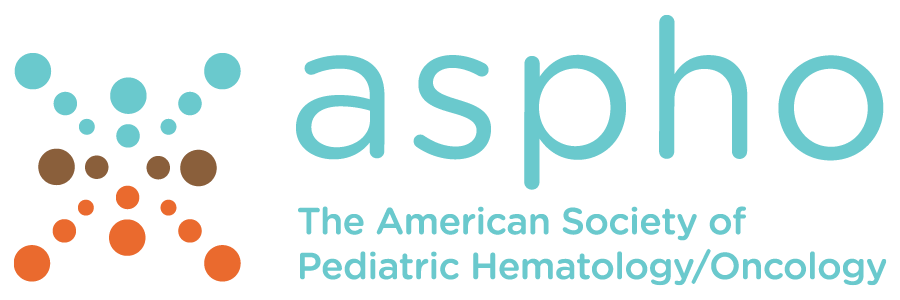
Cincinnati HHT Center of Excellence

Froedtert & Medical College of Wisconsin, HHT Center of Excellence
University of Arkansas Medical Sciences, HHT Center of Excellence
University of California, Los Angeles COE for HHT
University of Utah Medical Center, HHT Center of Excellence
Washington University, HHT Center of Excellence
Yale HHT Center
Winnipeg HHT Centre of Excellence
Toronto HHT Centre
Pediatric HHT Clinic at The Hospital for Sick Children
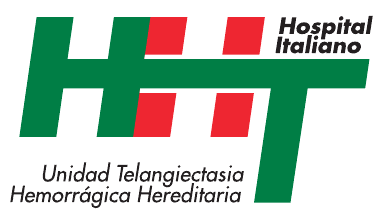
Royal Melbourne Hospital HHT Center of Excellence
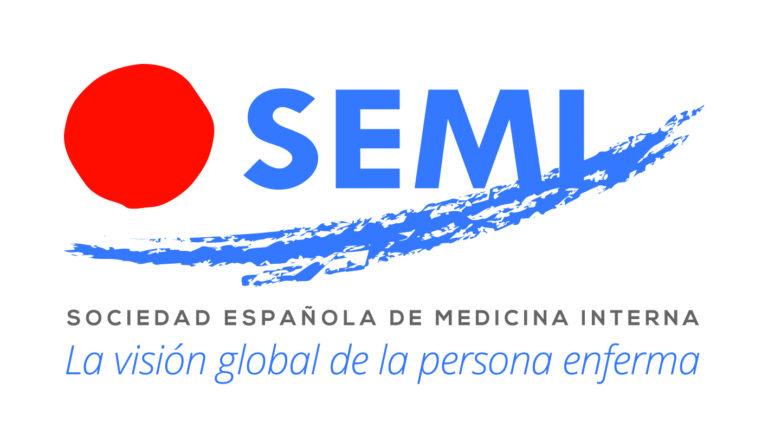
*Centre Nationale de Reference pur la maladie de Rendu-Osler
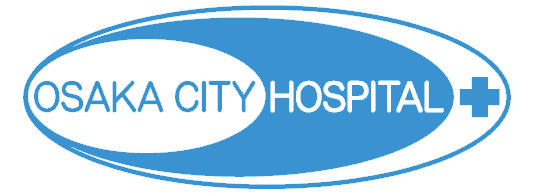
Dutch HHT Expert Centre, St. Antonius Hospital, Nieuwegein/Utrecht, The Netherlands
Sierrallana Hospital HHT Center
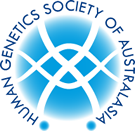
Multidisciplinary HHT Center of the Fondazione Policlinico Universitario A. Gemelli IRCCS.
HHT Canada THH


HHT Onlus - Italy
National HHT Center, Israel
Mayo Clinic HHT Center of Excellence
Massachusetts General Hospital, HHT Center of Excellence
International Society for the Study of Vascular Anomalies (ISSVA)

